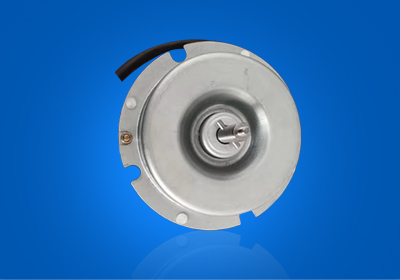Precautions for maintenance and design of motor commutator
Today, with the rapid development of science and technology, there are more and more things we need to use. There are many electrical appliances, such as stepper motors, stepper motors, and air conditioner motors. In so many new products, motors are mentioned. So what should we pay attention to when designing motors? Motor steering gear, how should we maintain it?

Maintenance of motor commutator
When using the motor commutator, we must keep its surface smooth and clean without damage or burn marks. If these problems occur, we should take measures to deal with them. For example, when the surface of the DC motor commutator is severely burnt, rough, uneven, and local, it should be removed and turned again. After turning, the mica slices in the mica grooves between the slices should be engraved about 1mm, and the metal shavings and burrs on the surface of the DC motor commutator should be removed. Finally, the entire armature surface should be blown clean with compressed air before assembly . After long-term operation of the DC motor commutator under load, a hard dark brown film will be produced on the surface. This film can protect the surface of the DC motor commutator from abrasion, so it is necessary to protect this film.
Matters needing attention in motor design
1. The stepping motor has a large air gap, large reluctance, and a large number of excitation ampere turns, so that the motor excitation current is **, the motor power factor is reduced, but the air gap reduces the harmonic magnetic field, the additional loss of the motor is reduced, and the air gap is too small. The stator and rotor are scanned and the efficiency of the motor is reduced due to the increase in additional losses.
2. The rotor skew of the step motor can weaken the phase difference of the harmonic potential of the rotor bar along the axial direction, thereby reducing the additional synchronous torque and additional asynchronous torque, reducing the additional loss of the motor, improving efficiency, and reducing noise. vibration.